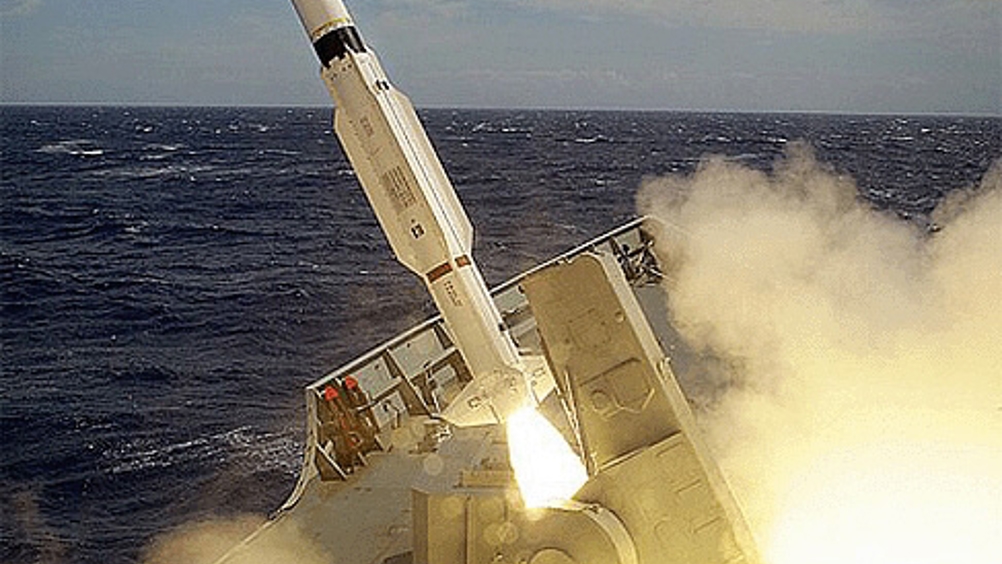Defence project set to explore aircraft IR threat detection
A defence research project with Thales and the MoD is aiming to develop advanced infra-red (IR) threat-detection systems for aircraft in reponse to a range of hostile fire.

The £24.5m project builds on many years of work honing IR systems — conducted by Thales and the Defence Science and Technology (Dstl) Laboratory — which is ultimately aimed at accurate detection in complex environments.
Alan Rae of Thales’ Optronics Division, explained to The Engineer the traditional and existing methods of aircraft threat detection.
‘Countermeasures vary according to the threat,’ he said. ‘Chaff is used to counter radar-guided missiles and flares to counter IR missiles while jamming is only effective against radar guided missiles, and is normally used in conjunction with the deployment of chaff.’
Basic IR threat-detection systems have been used in the past but they have difficulty filtering out background IR clutter originating from the earth, in turn leading to a high rate of false alarms.
Mitigating these false alarms requires vast computing power to intelligently distinguish between genuine threats and interference.
‘Thales has gained, from previous programmes, extensive experience in the processing of IR data and it is this experience that has enabled us to develop the innovative and highly sophisticated algorithms necessary to deal with this issue,’ said Rae.
Register now to continue reading
Thanks for visiting The Engineer. You’ve now reached your monthly limit of news stories. Register for free to unlock unlimited access to all of our news coverage, as well as premium content including opinion, in-depth features and special reports.
Benefits of registering
-
In-depth insights and coverage of key emerging trends
-
Unrestricted access to special reports throughout the year
-
Daily technology news delivered straight to your inbox










Fusion inches closer as ITER completes magnet system
I believe the purpose of ITER isn't to make usable power, it is a research project which will be used to design the first generation of actual...